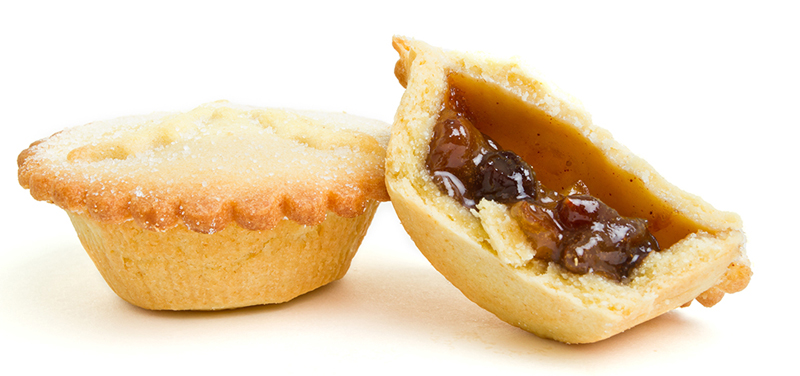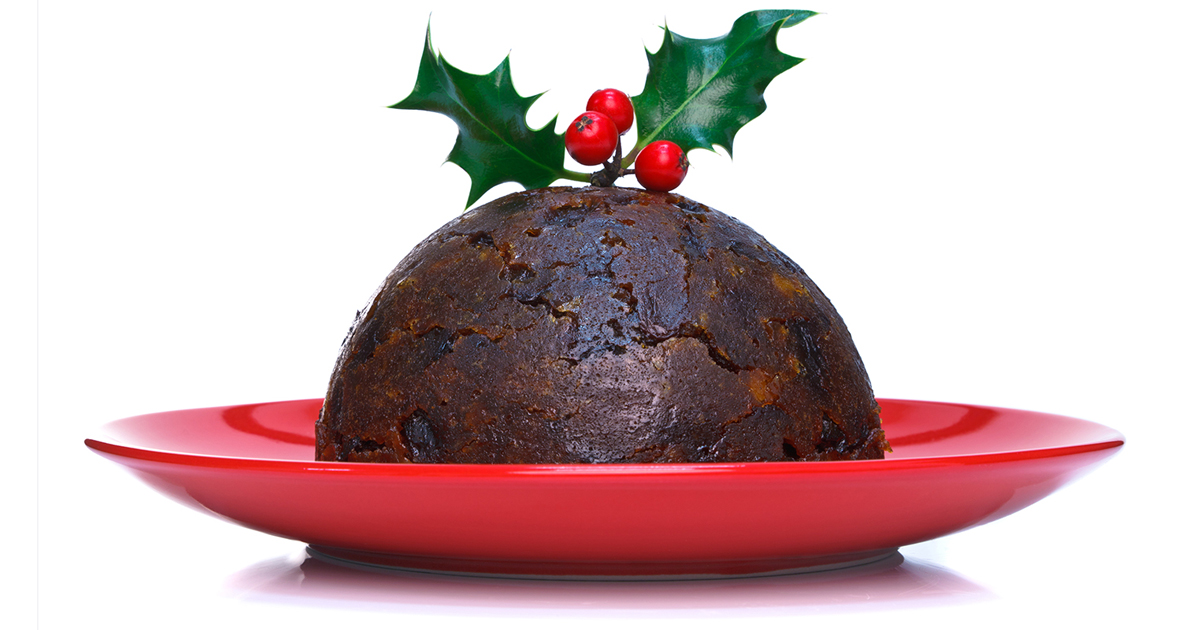Christmas is a time to indulge, celebrate and have fun; however, the festive season can present a world of dangers from toxic foods to dangerous seasonal plants to our pets. Many owners are unaware of the range of substances with toxic potential. Therefore, education from VNs and other vet professionals is essential to prevent accidental ingestion.
A Christmas pets survey, conducted by YouGov on behalf of PDSA in 2017, found 1 in 10 pet owners faced an emergency trip to the vets over the Christmas period. Interestingly, the number of chocolate toxicity cases is 20% higher over the festive period than any other time of year, and is consistently one of the most common enquiries to the Veterinary Poisons Information Service.
Triage
Triage is an important part of dealing with toxin ingestion, and identifying the time frame between ingestion and the discovery of the incident is essential. It is vital to establish time of ingestion to ascertain whether inducing emesis is indicated. If too much time has lapsed, inducing emesis will be ineffective and can pose a risk of aspiration pneumonia, with no benefit to the patient.
According to Aldrige and O’Dwyer (2013), the following questions should be asked to establish the best course of action:
- What size is the pet?
- What age is the pet?
- How much of the toxin has it eaten?
- If it was chocolate, what type of chocolate?
- When was it eaten?
- Is the pet showing any clinical signs?
Common poisons
Chocolate
Chocolate is one of the most common substances implicated in poisoning in pets. Toxicity occurs as a result of the theobromine content contained within the cocoa solids, which has a direct stimulatory effect on the myocardium and CNS.
The lethal dose of theobromine is reported to be 100mg/kg to 500mg/kg of bodyweight in dogs. However, not all types of chocolate contain the same amount of theobromine (Finlay and Guiton, 2005) Clinical signs are dose-dependent, with higher theobromine content being found in dark chocolate compared with milk chocolate. White chocolate does not tend to contain cocoa solids. Patients may also be at risk of gastrointestinal upset or pancreatitis due to the high fat and sugar content.
Clinical signs can include agitation, vomiting, diarrhoea, polydipsia, polyuria, hyperexcitability, ataxia, seizures, hyperthermia, tachycardia and arrhythmias (supraventricular tachycardia and ventricular premature complexes).
Festive foods
An array of Christmas favourites exist that pose a risk to pets. Christmas pudding, cake, and mince pies contain sultanas and raisins, which are toxic to pets; while sweets, liquorice, onions, garlic and unshelled nuts are all potentially harmful.
Grapes and their dried products (currants, sultanas and raisins) are toxic to dogs. Ingestion has resulted in development of anuric renal failure in some dogs. The exact mechanism of toxicity is unknown, although the primary injury appears to be in the proximal renal tubular epithelium (Gwaltney-Brant, 2019). Chocolate-coated raisins also have the additional risk of chocolate toxicity. Clinical signs can include abdominal pain, vomiting and diarrhoea, polydipsia, anorexia, ataxia, lethargy and haematuria.
Onions, garlic, leeks, shallots and chives all belong to the Allium species of plant and can cause toxicity. Cooking or spoilage of Allium species does not reduce their potential toxicity (Cope, 2005). Initially, vomiting and diarrhoea can occur, but the main effect is damage to red blood cells, resulting in anaemia, which may not be apparent for several days.
Xylitol is often found in sweets, snacks and chewing gum, and is toxic to dogs. It can induce the release of insulin in the body, resulting in low blood sugar and, on occasions, cause hepatotoxicty.
Xylitol has long been known to cause hypoglycaemia in dogs; more recent case reports have implicated it as a cause of liver failure (Todd and Powell, 2007) Signs of poisoning can be rapid or delayed, and include vomiting, lethargy, hypoglycaemia, convulsions, comas and hepatic clinicopathological presentation.
Macadamia nuts can cause lethargy, increased body temperature, tremor, lameness and stiffness in dogs. The mechanism of toxicity is not known.

Dietary indiscretion is a term used to describe a medical condition in which an animal’s gastrointestinal tract is irritated and inflamed due to consumption of rich or unusual foods. This condition is usually an isolated event and can lead to gastroenteritis, colitis and, more seriously, pancreatitis. Gastroenteritis is the most common presenting condition over the Christmas period, with dietary change and indiscretion often being the culprit. It can result from ingestion of:
- spoiled or raw food
- non-food items, such as garbage, cat litter, foreign objects and plants
- exposed toxins, moulds and fungi
- inappropriate foodstuffs, such as table scraps or leftovers
- large quantities of food
Care should be taken to ensure the safe disposal of leftover food. Ingestion of mouldy foods or compost may cause tremorgenic mycotoxicosis, a sometimes severe and potentially deadly, systemic poisoning in dogs. Mycotoxins are secondary metabolites that are produced by several fungal species, and are toxic to animals, plants and other organisms. Their effects differ based on their chemical structure (Boysen et al, 2002). The severity and type of symptom will ultimately depend on the amount and type of mycotoxin ingested. The most common signs of tremorgenic mycotoxin exposures include hyperthermia, salivation, vomiting, ataxia, tachycardia, fasciculation, tremors and seizures (Animal Poison Control Center, 2005).
Festive plants
A poinsettia is a common sight around the home at Christmas time. If eaten, they can cause mild irritancy to the mouth and stomach, with vomiting, drooling, hypersalivation, diarrhoea and anorexia. However, Evens and Stellpflug (2012) suggested little data exists to support poinsettia toxicity, despite a long-standing belief.
Lilies are nephrotoxic to cats, and chewing a leaf, licking pollen or drinking water from a vase with cut lilies in can cause fatal kidney failure. In the UK, lily intoxication has been identifed among the top five serious intoxications of cats, and generates the greatest number of feline toxicological enquiries (Grave and Boag, 2010). Signs of poisoning include drooling, vomiting, anorexia, lethargy and depression, followed by signs of acute kidney injury.
Ethylene glycol
Ethylene glycol, more commonly known as anti-freeze, is extremely toxic. Poisoning with ethylene glycol as contained in anti-freeze can rapidly lead to irreversible acute renal failure and other organ damage (Schweighauser and Francey, 2016).
The consumption of tiny amounts causes crystal formation in the kidneys, resulting in acute renal failure. Ethylene glycol is not poisonous itself; rather, it is the metabolites of ethylene glycol that result in severe toxicosis.
Clinical signs are time and dose-dependent, but often resemble alcohol intoxication. Early symptoms include neurological signs, such as ataxia, vomiting, weakness, seizures and depression. These early signs are often missed. As the poisoning progresses, clinical signs can be extensive and the patient may develop cardiopulmonary signs with tachypnoea, tachycardia, acidosis, hypertension or hypotension, pulmonary oedema, arrhythmias, congestive heart failure and circulatory shock. Renal system signs including oliguria, azotaemia and/or uraemia develop, and the renal impairment exacerbates acid/base and electrolyte disturbances (Bates, 2016).
The prognosis varies depending on the amount of time that elapses between ingestion and initiation of treatment. The antidote for ethylene glycol poisoning is ethanol, because it replaces ethylene glycol as a substrate for the enzyme that breaks it down into toxic products.
Decorations
Electrical cables powering Christmas tree lights; wrapping, ribbon and bows from presents; and decorations such as tinsel and glass baubles can all be hazardous to pets. Items such as ribbon can cause linear foreign bodies. Care should also be taken to prevent salt toxicity. Salt dough decorations are becoming more popular. They are made with only salt, flour and water, which can be toxic if eaten by a dog, even once the ornament is dried and hung on the tree.
Conclusion
The festive season can pose a real threat to pets, so prevention is always better than cure. VNs can play an integral role not only in the care of patients experiencing toxicosis, but also in educating pet owners about this topic. Informing pet owners about the dangers household toxins can help them become more diligent about keeping their pets from gaining access to – and accidentally ingesting – these substances.
As always, the key is client education, and the use of an informative display boards, newsletters, on-hold messages and social media will help educate clients.
Vet nurses play ‘end-to-end role’
Will Peel BVSc(Hons), MRCVS – product manager at TVM UK – said:
“Over recent years, VNs have seen their role within a practice expand and they have taken on more responsibility than ever.
“In terms of pet poisoning, VNs play an end-to-end role in the treatment of poisoned pets. This often starts with collection of vital information over the telephone from the owner and triage of the patient when it arrives at the surgery, following on with dedicated nursing care, and ending in further education of owners at time of discharge.
“By ascertaining information in advance of a patient arriving at the surgery, VNs can impart the information to the rest of the vet team and make the necessary preparations to treat the animal.
“With VNs on the front line, their fast reaction, and thorough triage process can make the difference between life and death.”

Leave a Reply